September saw the exit of most of the summer residents like Yellow-Crowned Night Herons, Red-Winged Blackbirds, Fish Crows, Tree Swallows and Barn Swallows, and welcomed those heading south for fall migration.
Below, a Northern Flicker relaxes with an American Robin.
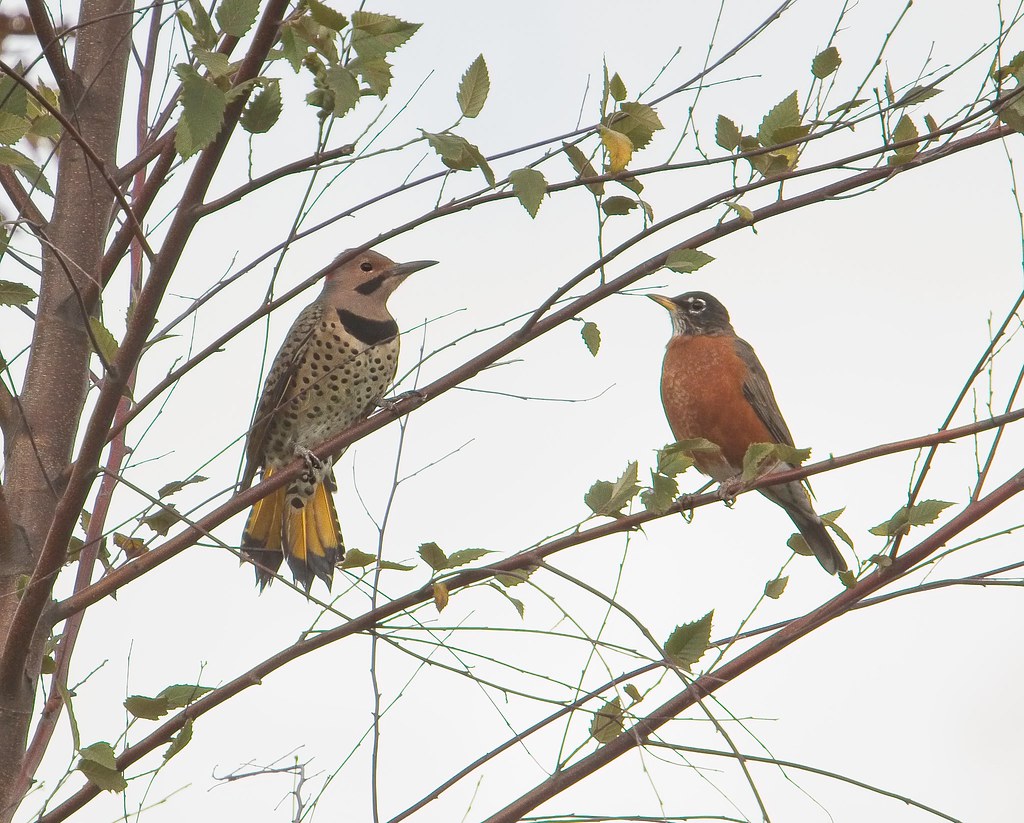
This stunning little Prairie Warbler was surprisingly hard to see in the dense foliage despite its bright bumblebee coloring.
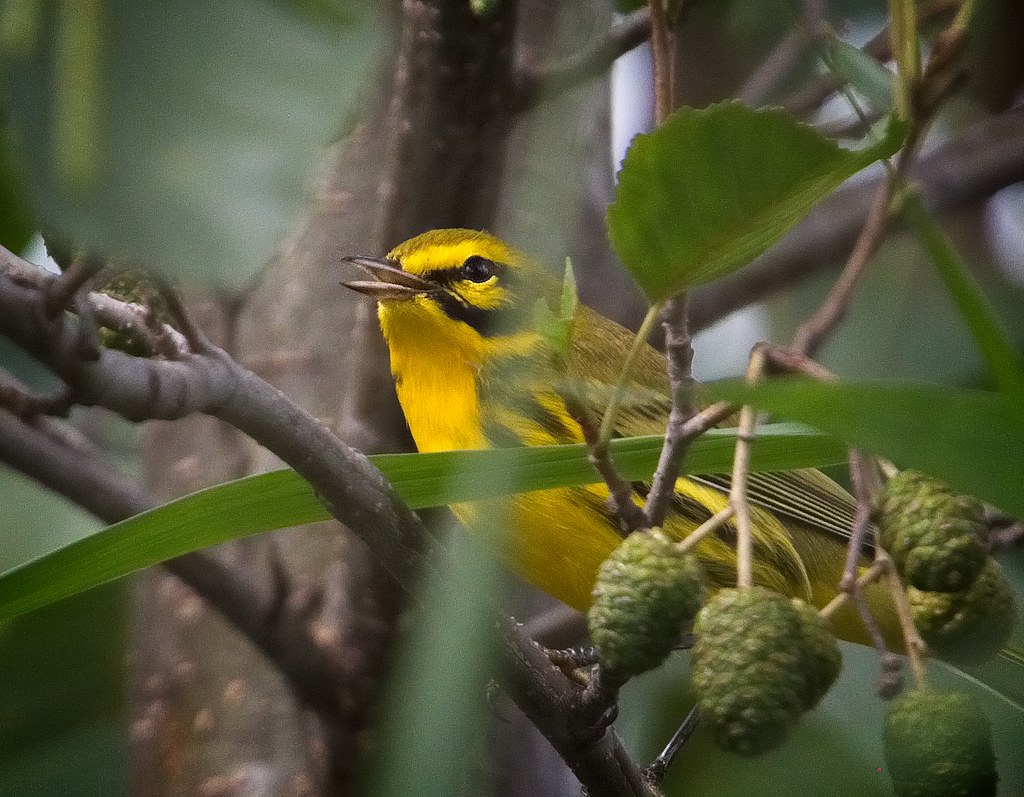
An Eastern Wood Pewee feasted on bountiful insects.

It was interesting to see the day-glo yellow American Goldfinches fade to a more subdued yellow, then to a dull olive color. Although harder to spot in their fall plumage, they made their presence known with their cheerful calls.
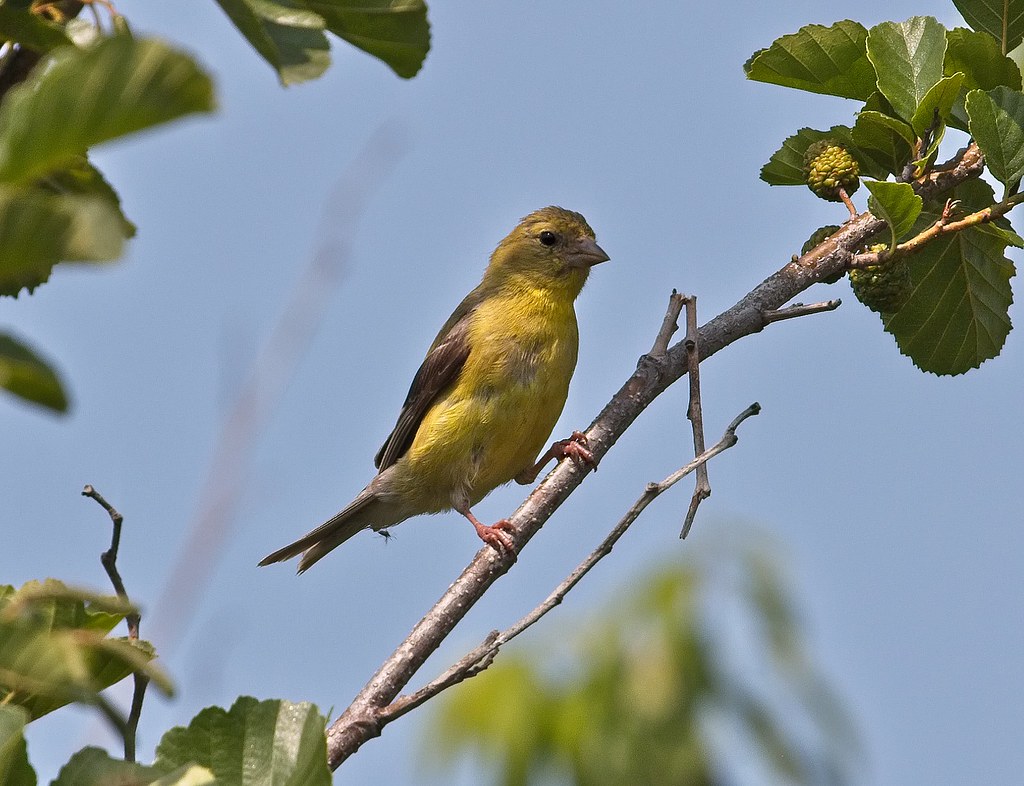
Northern Parulas were often seen eating tiny insects in the trees and bushes.
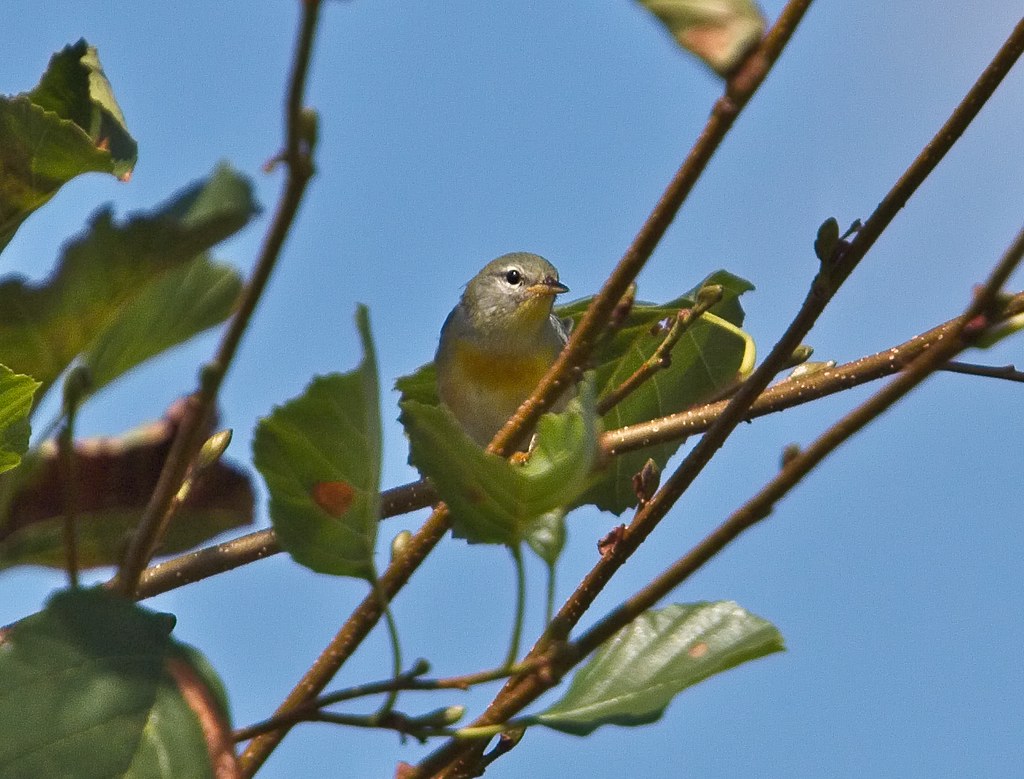
A Parula demonstrates some impressive acrobatics by grabbing food off a branch while hanging upside-down by its feet.
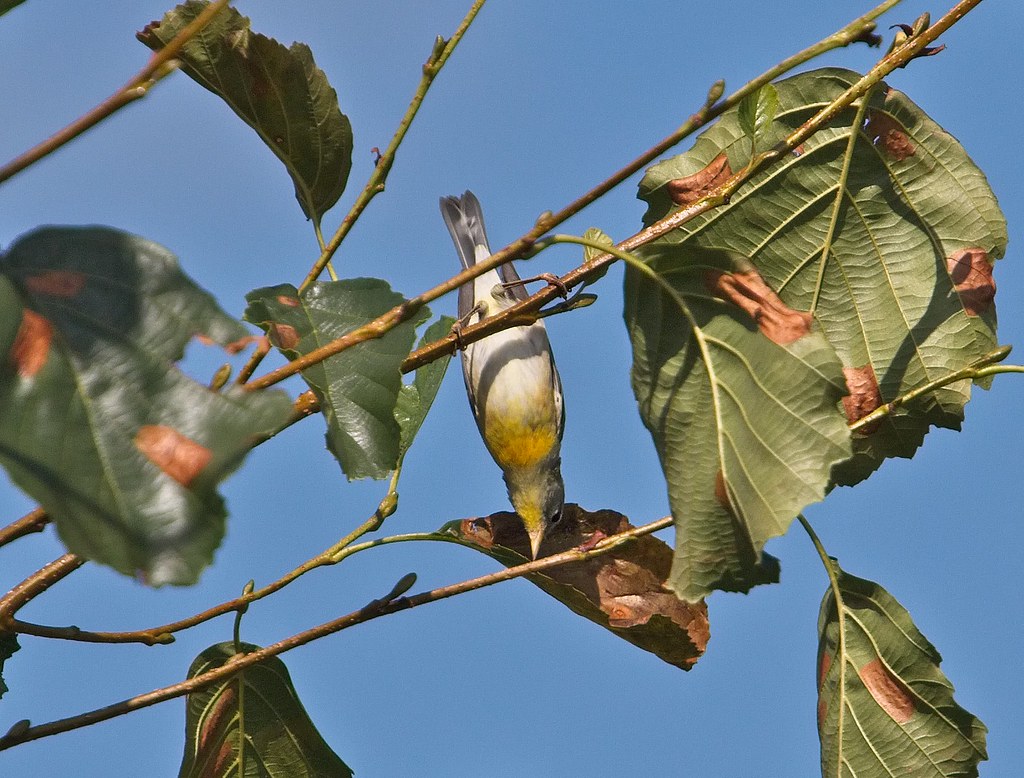
One of my favorites, the Golden-Crowned Kinglet:
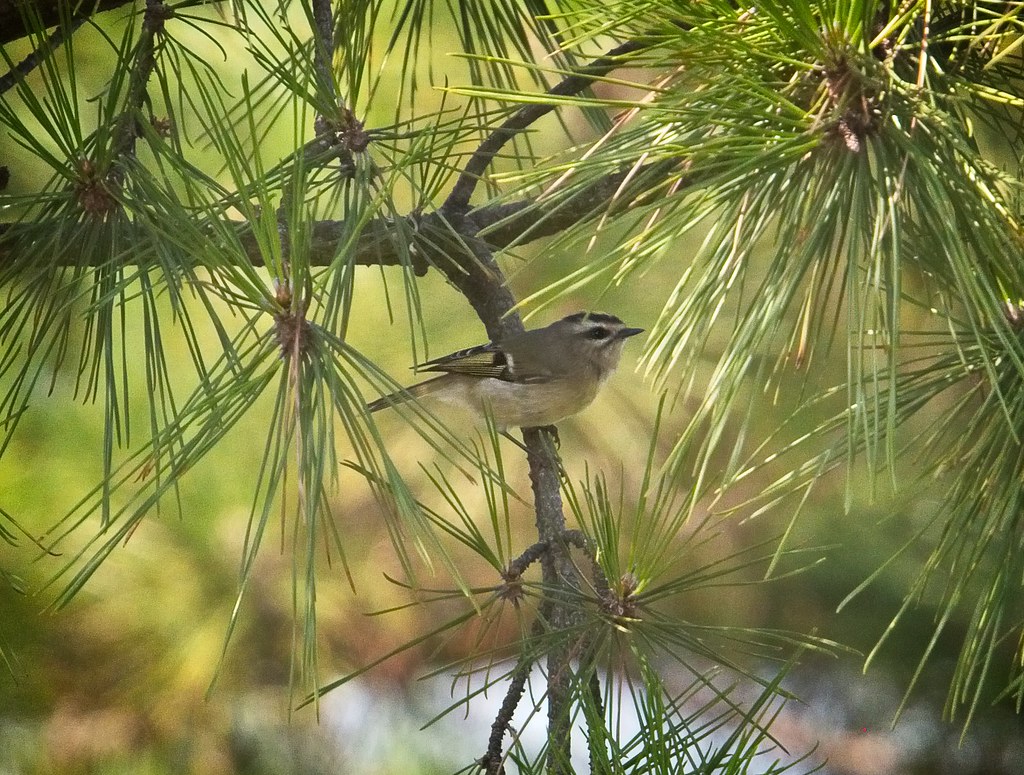
Palm Warblers were abundant on the island and could be found almost everywhere on the ground and in trees.
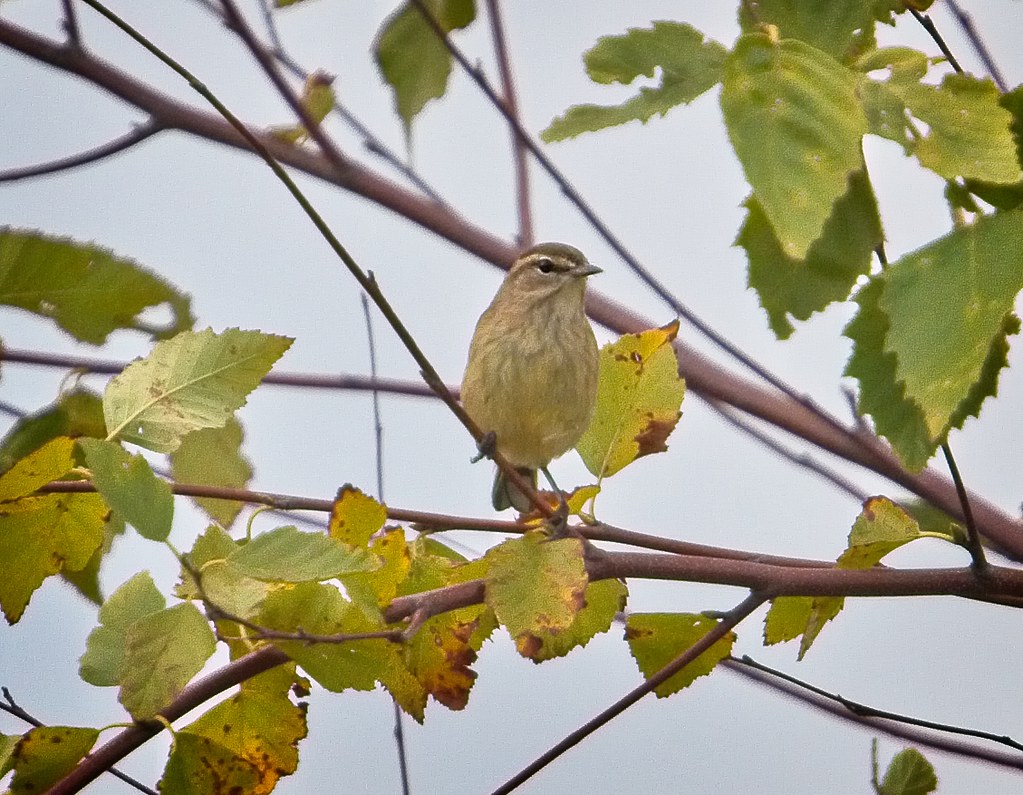
A Yellow Warbler:

Northern Cardinals are year-round residents, but there seemed to be a few who were just passing through.
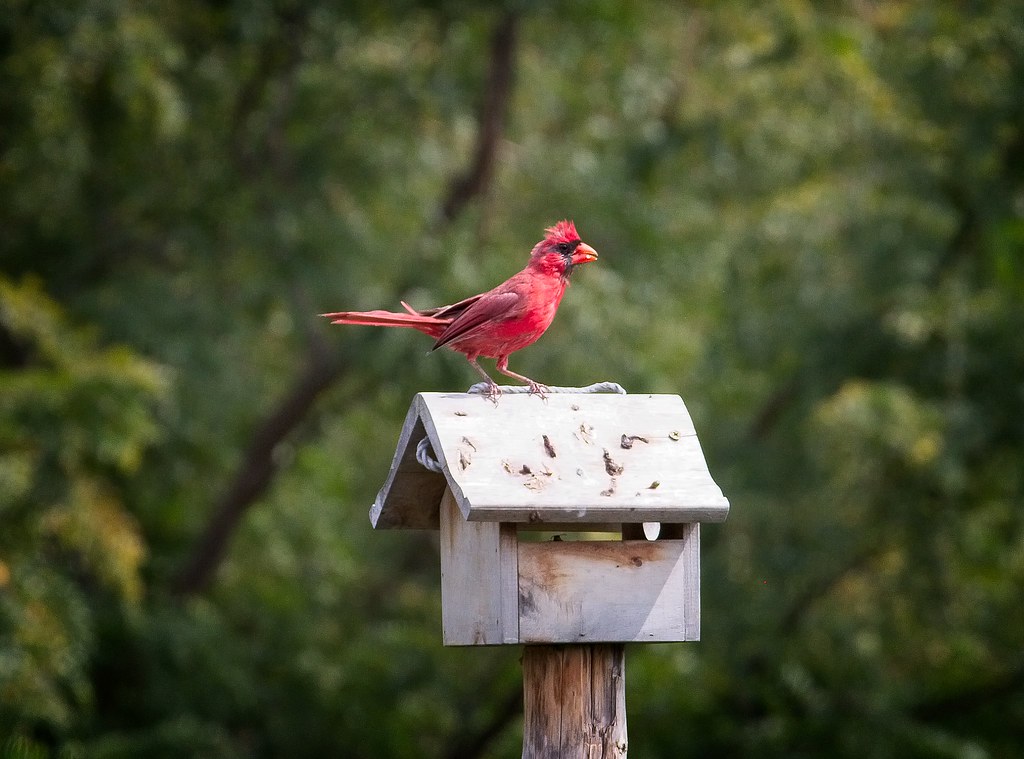
I was excited to see some immature White-Crowned Sparrows.
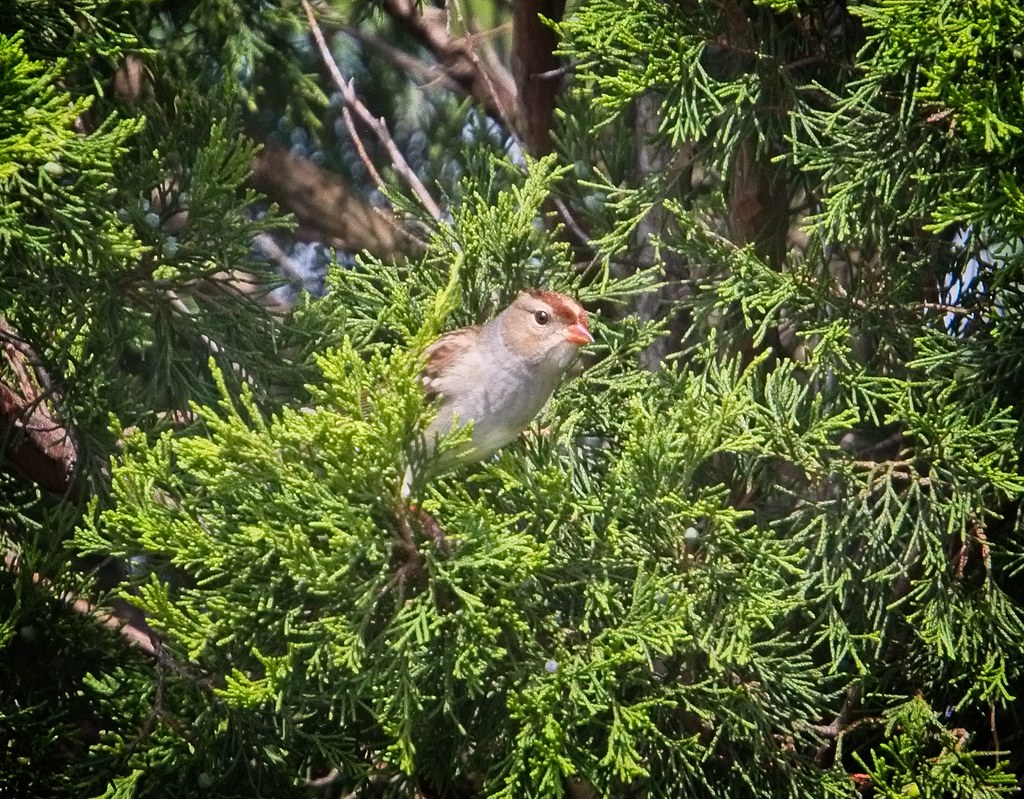
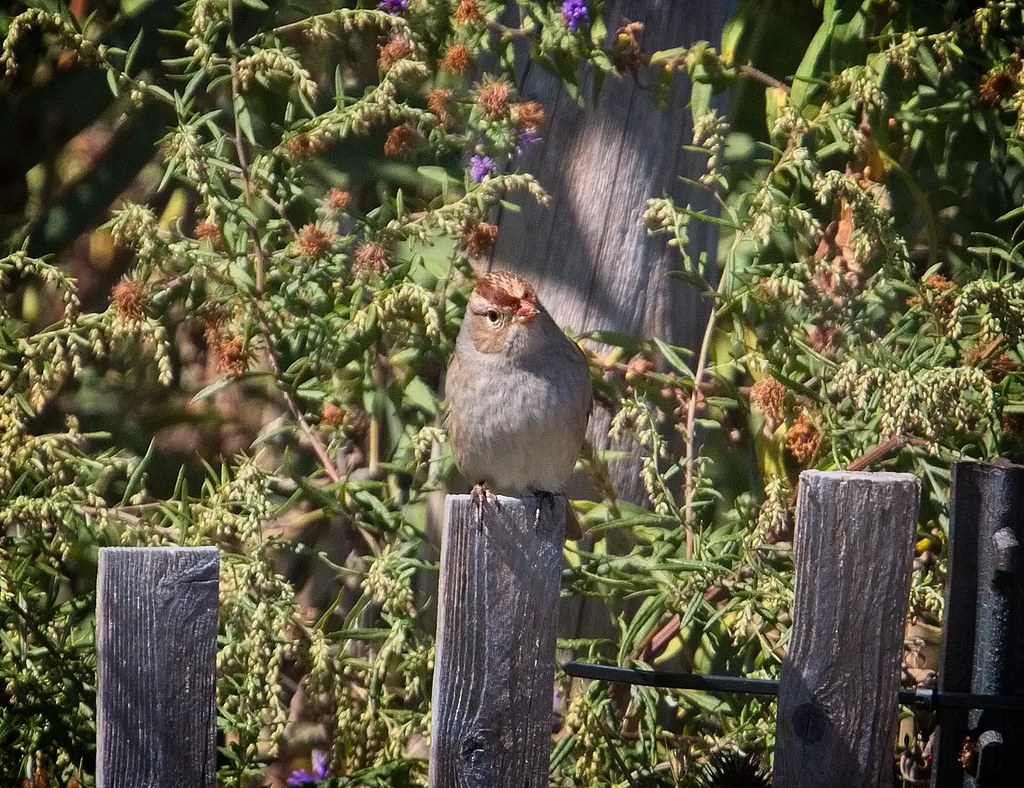
A Savannah Sparrow:
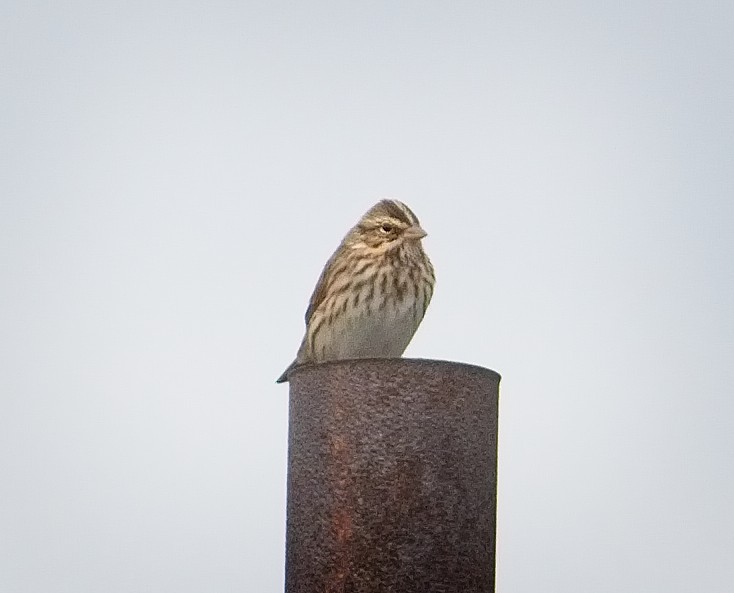
Swainson's Thrush:
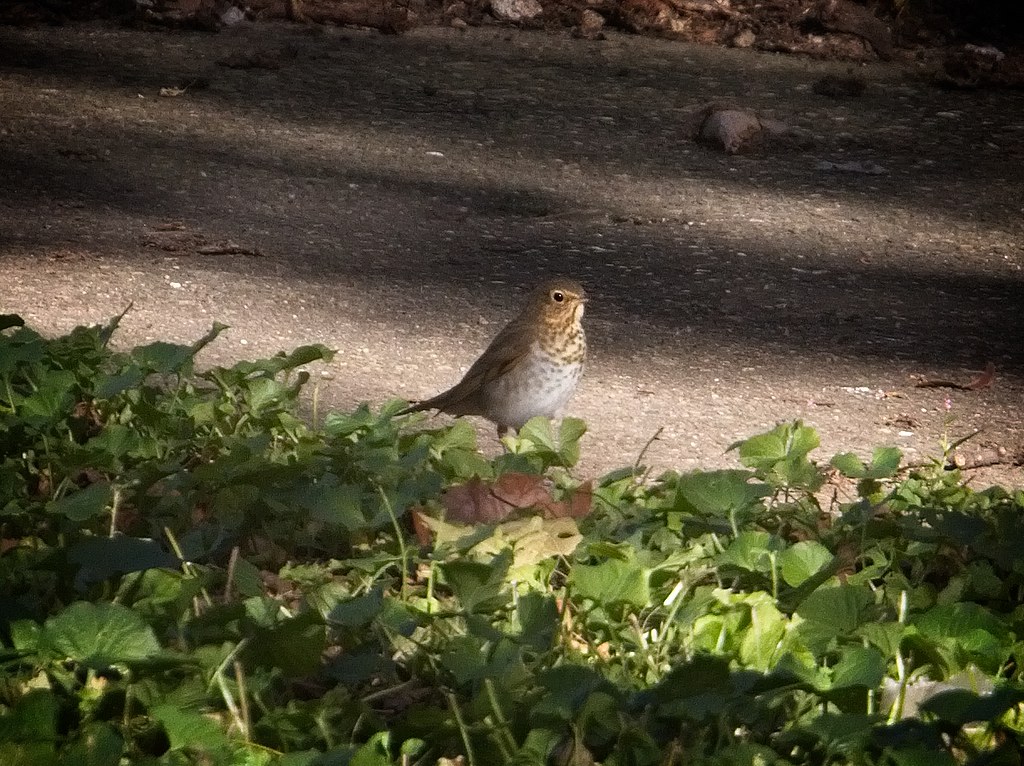
This Black-Throated Blue Warbler dined on insects and/or larvae in cobwebs in window frames of one of the old Coast Guard buildings.
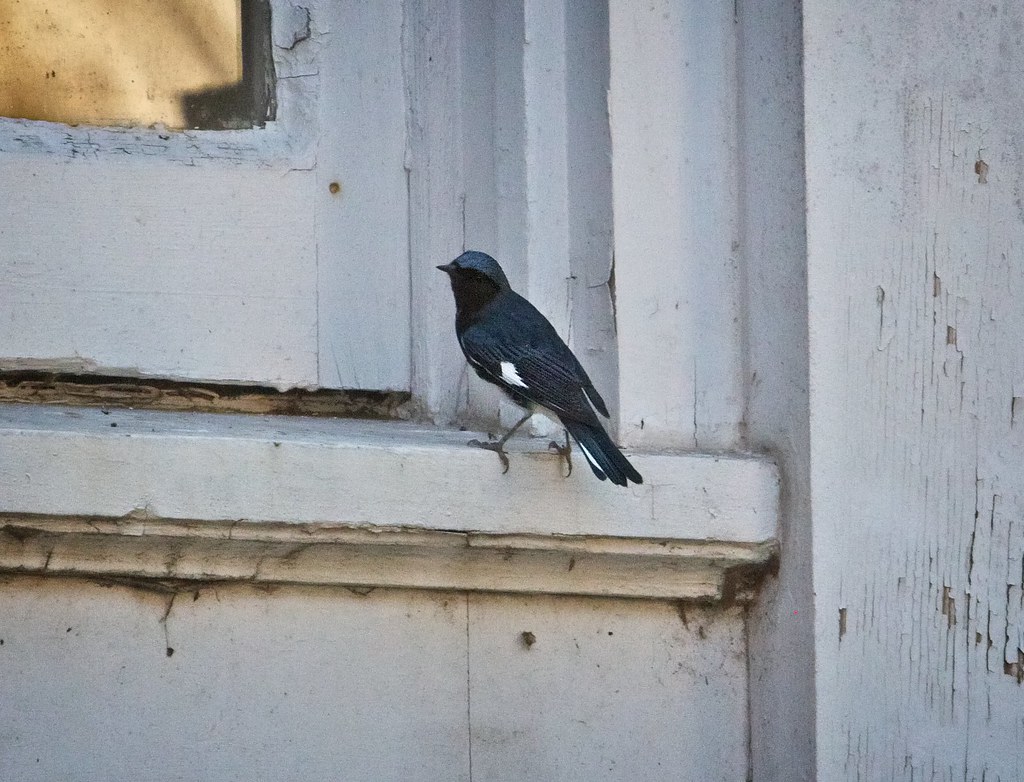
A Winter Wren on the porch of a house at Nolan Park:
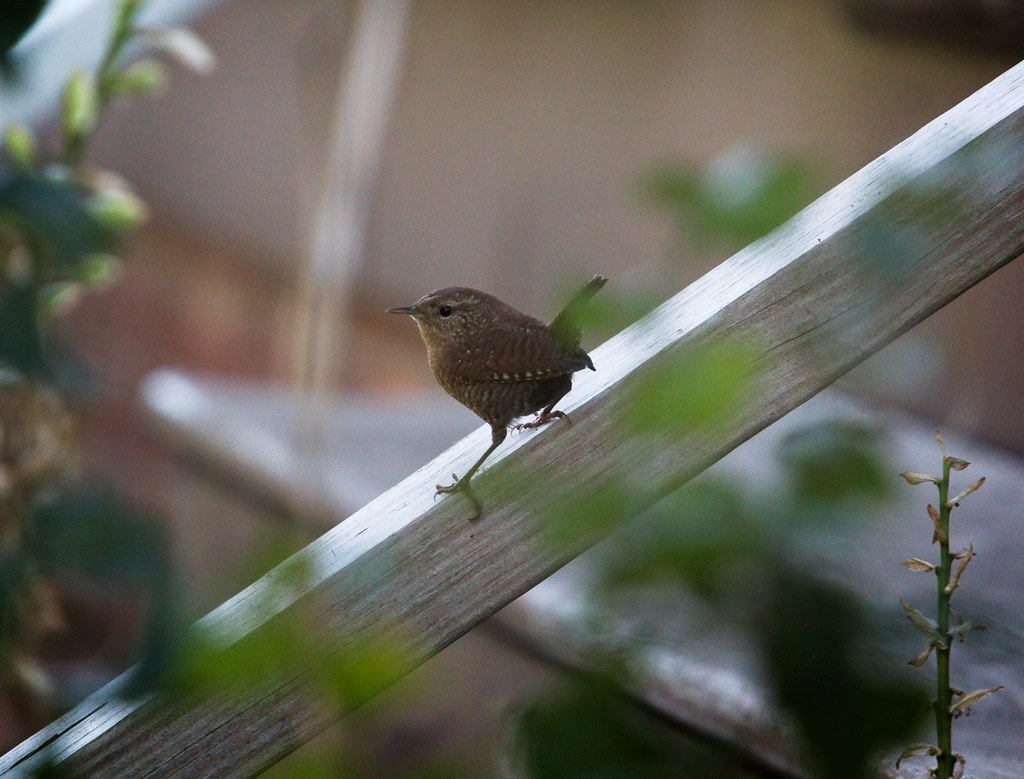
Buttermilk Channel, which separates the island from Redhook, Brooklyn, served as a fishing ground for this Belted Kingfisher.
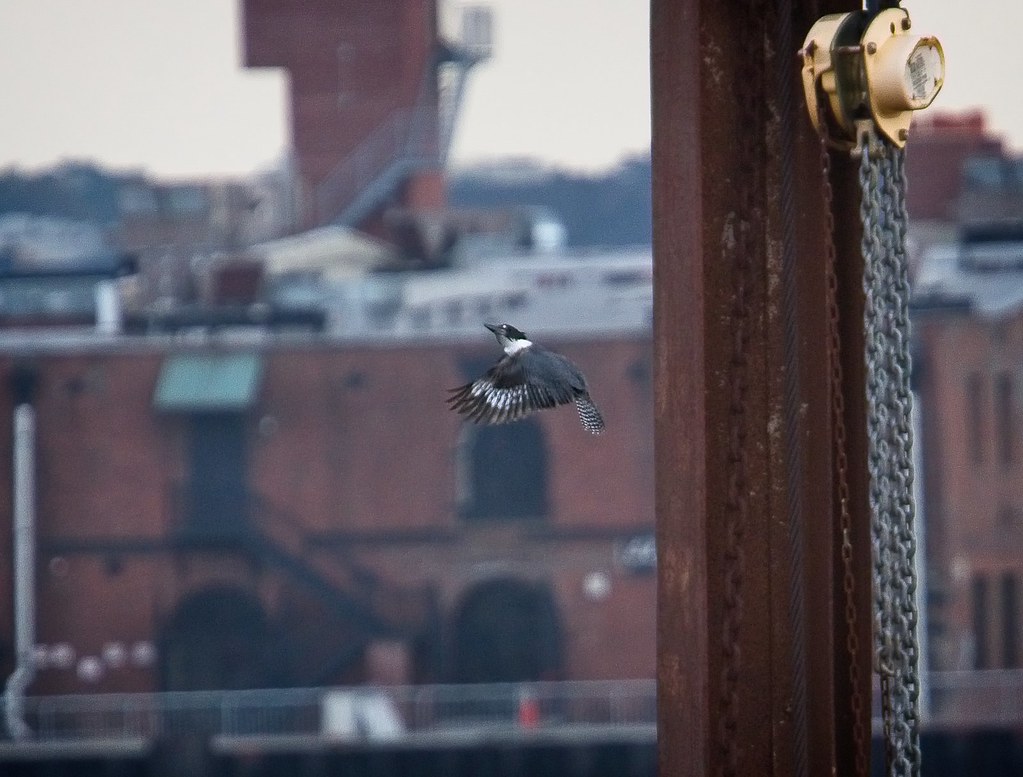
More fall migration birds to come...
No comments:
Post a Comment